The Environmental Cost of Fast Fashion & How to Make Ethical Choices
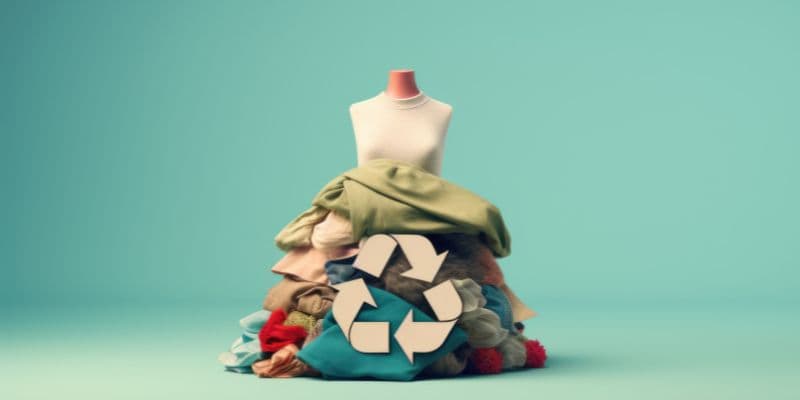
There’s a silence that follows a quick purchase. A moment of satisfaction. A deal well-hunted. A trend nailed on time. But no one hears what happens after.
When we look at fast fashion today, we see vibrant storefronts, influencer lookbooks, and constant refreshes of the “new.” What we don’t often see is the waste left behind. The water used. The air polluted. The fabric burned. The land filled.
And yet, the numbers are not invisible. They’re just ignored.
According to the United Nations Environment Programme, the fashion industry is responsible for 10% of annual global carbon emissions. That’s more than all international flights and maritime shipping combined. It also consumes around 93 billion cubic meters of water each year, enough to meet the needs of five million people.
This isn’t speculation. It’s what we’ve known for years.
So why has so little changed?
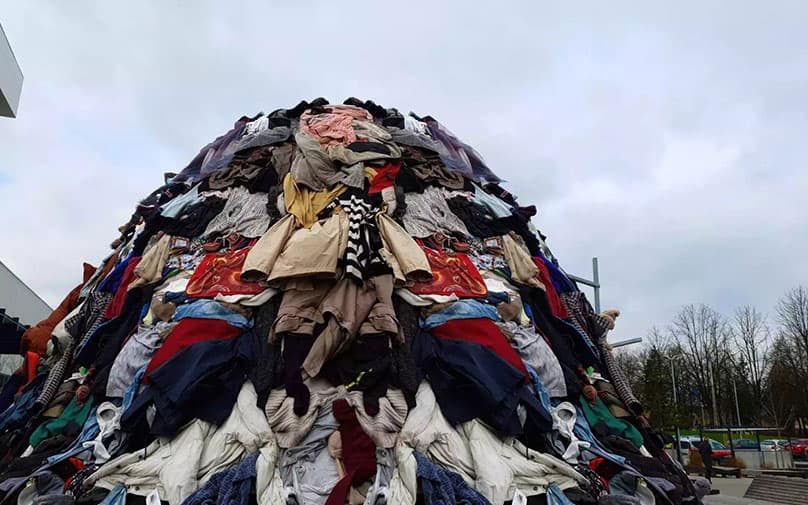
Why Fast Fashion Became the Default
Speed, accessibility, and cost. That’s the short answer.
Fashion brands, especially over the last 20 years, have adopted a model that prioritizes speed above all. Designs go from sketch to store in a matter of weeks. The faster the turnover, the more a customer buys. And with the rise of e-commerce and social media influence, entire outfits are discarded after just a few wears, sometimes even before.
But the environmental cost is staggering. A report by the Ellen MacArthur Foundation found that the equivalent of one garbage truck full of textiles is landfilled or burned every second. Less than 1% of all clothing is recycled into new clothing.
The real question isn’t why fast fashion became the norm. It’s how long can we afford for it to continue this way.
The Hidden Trail of Waste
Every product has a footprint. From fabric sourcing and dyeing to stitching, shipping, and final disposal, each step leaves behind more than we care to admit.
- Water Pollution: Dyeing and treatment processes for textiles are responsible for 20% of global industrial water pollution.
- Microplastics: Washing synthetic garments releases 500,000 tons of microfibers into the ocean each year.
- Landfill Overflow: In India alone, approximately 7,793,000 tonnes of textile waste are generated annually. A large portion of this ends up in unmanaged landfill sites or is incinerated.
And yet, brands continue to release new collections every week. The model persists. And so does the damage.

What the Industry Isn't Talking About
Many companies hide behind vague sustainability claims. Conscious collections and eco-friendly ranges have become catchphrases. But transparency is rare. Real accountability is even rarer.
When pressure builds, some brands change marketing, not manufacturing.
But this isn’t just a PR issue. It’s a supply chain issue. It’s a material choice issue. It’s a mindset issue. And more businesses need to stop hiding under the weight of business-as-usual and ask harder questions.
- What happens to the offcuts from your production line?
- Where does your polyester come from?
- How much of what you produce gets worn more than five times?
- Are your suppliers practising responsible recycling or just ticking boxes?
These questions shouldn’t feel accusatory. They should feel necessary.
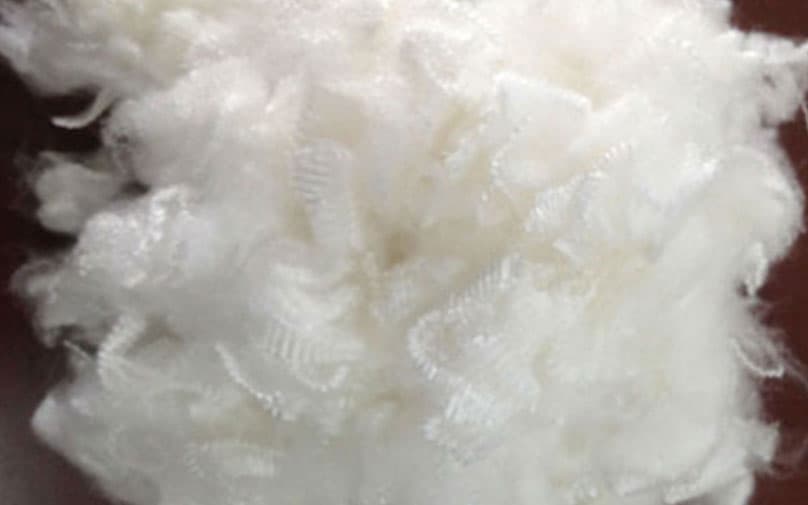
Recycled Polyester Staple Fibre: A Real Alternative
There are solutions. And they are not future concepts. They’re available now.
Recycled Polyester Staple Fibre (RPSF) is one of them. Instead of relying on virgin polyester made from petroleum, RPSF is produced by recycling PET bottles and other plastic waste into usable fiber. This doesn’t just divert waste from landfills and oceans. It reduces emissions, conserves energy, and cuts dependency on fossil fuels.
At JB Ecotex, we’ve been producing high-quality RPSF for years. We’ve worked with textile and fashion manufacturers who want to do better, not just market better. Our fibers are used in garments, home textiles, non-wovens, and industrial fabrics. They hold shape, dye well, and offer the same performance as virgin materials, with far less environmental baggage.
And most importantly, they are part of a circular model that fashion urgently needs.
What Makes Ethical Choices Possible in Fashion
Ethical choices don’t always require overhauling everything at once. But they do require awareness, intention, and a willingness to challenge old models.
Here are some shifts that can make a tangible difference:
- Choosing Recycled Materials
Start with just one line or product range. Move from virgin polyester to RPSF. You reduce carbon footprint and avoid supporting further plastic production. - Demanding Supplier Transparency
Know where your fibre comes from. Ask how it’s made. Push for third-party verification and proof of compliance with environmental guidelines. - Designing for Durability
Ethical fashion lasts. Fast fashion fades. Investing in quality, long-life design is one of the simplest, strongest ways to reduce waste. - Closing the Loop
Encourage buyback programs, resale, or take-back schemes. Products that come back into the system don’t end up in landfills.
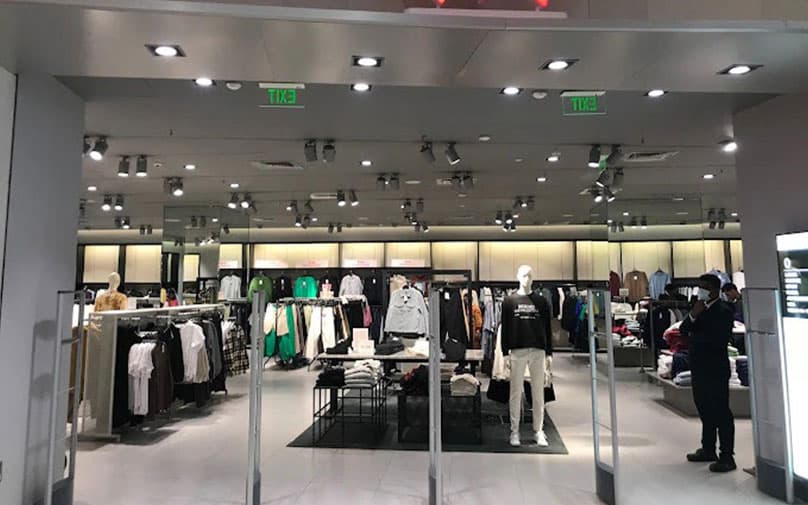
What the Market is Already Doing
Major shifts are already happening:
- Patagonia has pledged to use 100% recycled polyester in its outerwear lines.
- H&M has publicly committed to making all its products from recycled or sustainably sourced materials by 2030.
- In India, industry leaders have been calling for stricter regulation and organised textile waste collection to build a more circular economy.
But it’s not enough to wait for large companies to lead. Every manufacturer and brand has a role to play.
A Message to the Industry
Fast fashion didn’t happen overnight. And it won’t be fixed overnight. But we are no longer in the dark.
At JB Ecotex Ltd., we’ve seen what happens when companies take sustainability seriously. We’ve worked alongside manufacturers who started with small changes, switching to RPSF in one product line, and expanded across their supply chain. We’ve helped brands replace legacy materials with cleaner alternatives without sacrificing quality or performance.
We don’t just make recycled fibre. We make transitions easier.
The longer the industry delays, the harder the road becomes. But those who move now will be the ones shaping the future of ethical manufacturing, not just reacting to it.
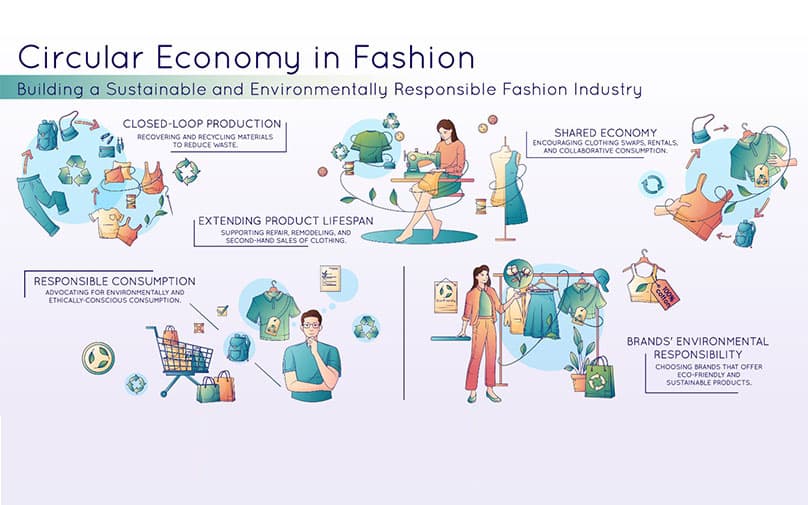
Switching to RPSF in Textile Industry
Comfort doesn’t need to come at the cost of the planet. Style doesn’t need to be disposable. And profit doesn’t have to be at odds with principles.
The fast fashion model might still dominate the shelves, but its cracks are showing. Consumers are watching. Regulations are tightening. And resources are running out.
The question is not if change will come. It’s who will lead it.
If your textile company is looking for real ways to shift to cleaner, more ethical materials, such as premium recycled polyester staple fibre (RPSF), we’re here to talk. Let’s build what’s next together.
